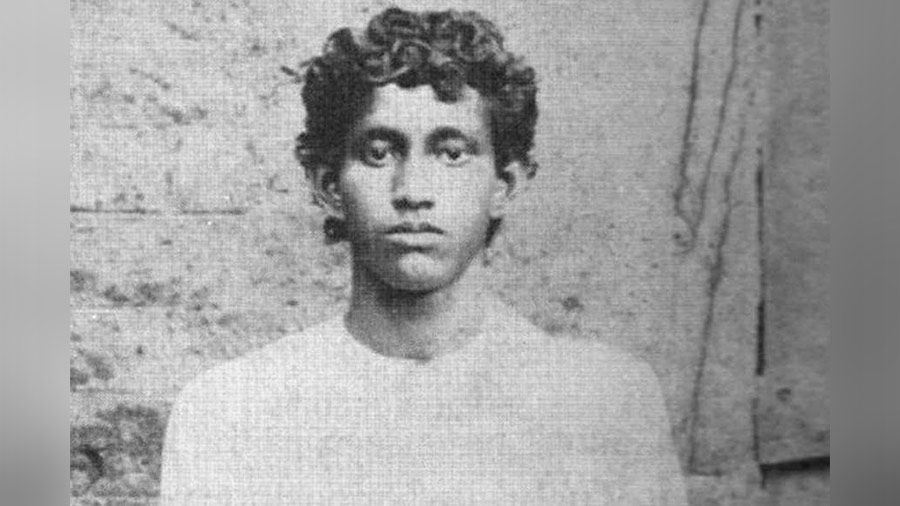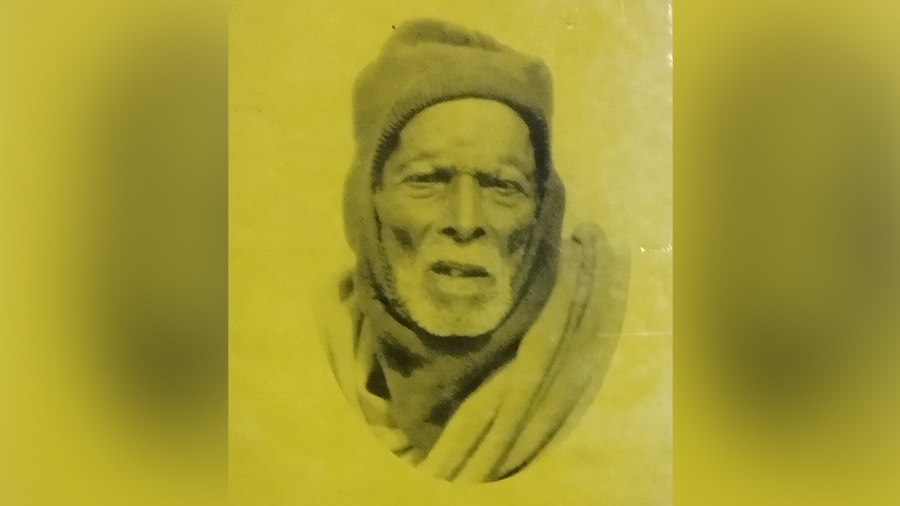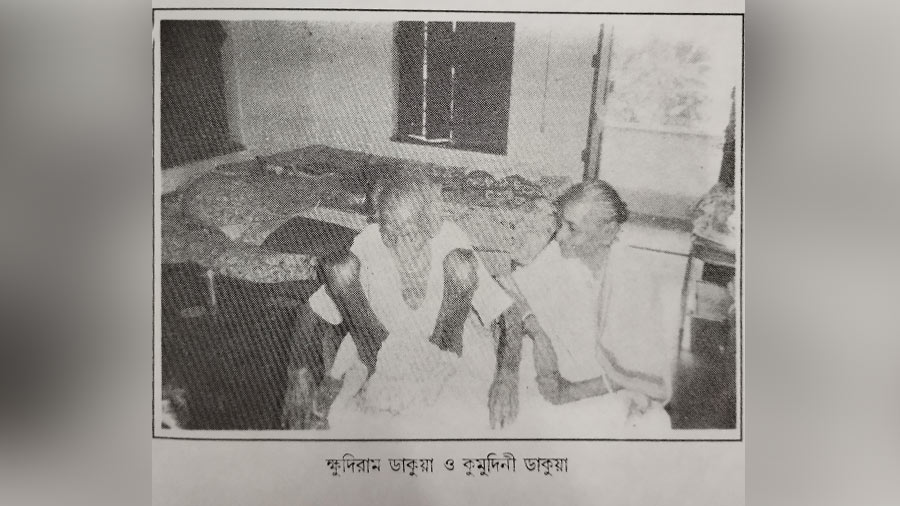Undivided Midnapore, the second-largest district of West Bengal, was a historic centre of discontent and protest against tyranny. Beginning with the Chuar, Nayak, Molongi and Zamindar rebellions, the people of this district played a significant role in the Swadeshi, Non-Cooperation, Civil Disobedience and the Quit India Movements. The intensity of these movements compelled the British state to consider Midnapore as the ‘most serious local threat’. So brave were their activities, so stiff was their resistance and so undaunted was their spirit, that the district came to be known as the ‘Haldighat of Bengal’ — so called after the Battle of Haldighati in Rajasthan, in 1576.
This spirit reached its peak in 1942, with the formation of Tamralipta Jatiya Sarkar and a people’s militia, and for that time, the district seemed to have broken the shackles of foreign rule.
An uncanny mix of methods
The district had its fair share of resilient workers. The pantheon of all-time greats include Birendranath Sasmal, Satish Samanta, Ajoy Mukherjee, Sushil Dhara and Matangini Hazra, not to forget the firebrand revolutionaries, Khudiram Bose, Satyen Bose and Hem Chandra Kanungo, among others.
Although the majority of them adhered to the principles of non-violence as preached by Gandhi, some did not shun violent methods wholly. It was a blend of non-violent mass agitation and revolutionary secret societies. This curious wedlock between non-violence and violence was best exemplified by the Dakuas of Sutahata — Khudiram and Kumudini, the supposed ‘minor poets’ of the great Midnapore saga.
Khudiram Dakua hailed from Borda, a non-descript village near Chaitanyapur. Born in 1909, a year after the martyrdom of the local hero Khudiram Bose, his parents Kartick Chandra and Amala Sundari named their newborn after him.

Khudiram Bose
The Dakuas were from a humble background, and Khudiram grew up to possess an upright and conscientious character. When he was in the tenth standard, he suddenly found himself caught in the whirlwind of the nationalist upsurge. Gandhi had started the Civil Disobedience Movement. Khudiram left school in 1930 and participated in the Salt Satyagraha. He was the first satyagrahi in the district to violate the British Salt Act by preparing salt at Narghat Salt Centre in April 1930. For this, he was imprisoned and sent to Midnapore Central Jail. There, his fellow jail-birds were all seasoned agitators: Satish Samanta, Sushil Dhara and Kumar Chandra Jana, among others. Khudiram soon became attached to Samanta and considered him his guru. But he had the misfortune of getting tuberculosis while in jail. So, he spent his time reading and discussing politics. He found solace in the teachings of Gandhi and became a stout Gandhian.

Khudiram Dakua was the first satyagrahi in Midnapore to violate the British Salt Act by preparing salt at Narghat Salt Centre in April 1930
After his release, in 1938, Khudiram married Kumudini. He was then 28-years old, while his bride was a mere 11 years. Kumudini, following in the footsteps of her husband, joined the Basudevpur Gandhi Ashram of Kumar Jana and engaged herself in various constructive works. Sushil Dhara of Mahishadal tutored her on the history of the Nationalist movement. She was a voracious reader and took no time in mastering the background of various political movements.
Rising participation of women
In 1942, the path of these two kindred souls deviated momentarily. Khudiram was arrested well before the beginning of the August Movement. Kumudini stayed behind, but she continued her work. The underground resistance movement had just commenced. Participation of women was a note-worthy feature of the movement in Midnapore, and Kumudini soon came to the fore.
With the intensification of the resistance also came unimaginable repression. Kumudini became restive as the police began using rape as an instrument of tyranny and oppression. Between 1942 and ’43, some 67 women were raped by the police. The last incident occurred at Kulapara, where Rasi Das, aged 24, was gangraped, resulting in her death. These barbaric methods of tyranny compelled Kumudini to think deeply about the efficacy of ahimsa. Finally, she decided that passive resistance was not enough and took up the cause of saving women from the beastly attacks of the police. She trained women in the art of self-defence and became the head of the ‘National Militia’ of Sutahata Thana Jatiya Sarkar. She was only 15 years old.
Arrest and imprisonment
On September 29, 1942, Kumudini took an active part in a plan to capture Sutahata Police Station. The endeavour was successful, but she had to go underground to avoid arrest.
Kumudini was finally arrested in November after some stiff resistance, and was imprisoned for 15 months. While in jail, she developed asthma, which became a bane for the rest of her life.

The Dakuas in the twilight of their lives
After the end of the movement, Khudiram and Kumudini were released with many others. They reverted to Gandhian constructive programmes and shunned the limelight as much as possible. After Independence, their conjugal loyalty led them far away from mainstream power politics — they remained entrenched among the masses, serving them silently.
Khudiram passed away on April 14, 2001 and Kumudini on April 24, 2008. Although they are still revered locally, the rest of Bengal seems to have forgotten these freedom fighters altogether.
Soumya Basu is a freelance historian working on projects documenting India's struggle for Independence and author of nine books.
